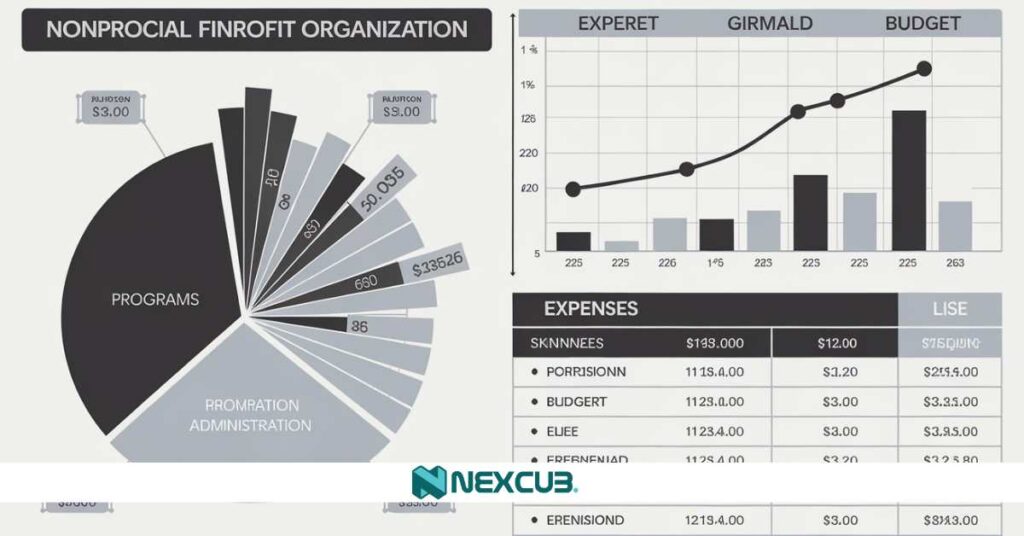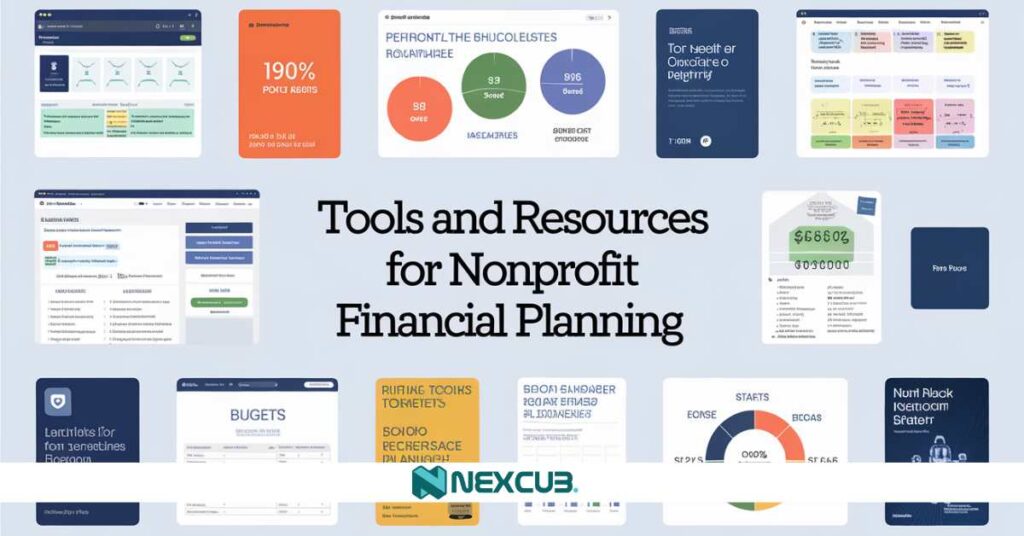Our Location
304 North Cardinal St.
Dorchester Center, MA 02124

Nonprofit organizations face unique financial challenges, from balancing tight budgets to maintaining donor trust. That’s where Jones Financial Plan for Nonprofit Organizations comes in a strategic approach tailored to help nonprofits achieve financial stability while staying mission-focused.
This plan emphasizes revenue diversification, smart expense management, and long-term sustainability, ensuring organizations thrive even in uncertain times.
Whether you’re managing a small nonprofit or a growing one, this guide will walk you through how to effectively implement the Jones Financial Plan to maximize impact and achieve your goals. Let’s dive in and transform your nonprofit’s financial future!

Financial planning is crucial for nonprofit organizations to survive and thrive. Unlike businesses that rely on steady revenue from sales, nonprofits often depend on donations, grants, and fundraising events, which can be unpredictable.
Without proper planning, even the most impactful nonprofits risk running out of funds, delaying programs, or losing donor trust.A strong financial plan helps organizations allocate resources wisely, track expenses, and ensure every dollar supports their mission.
It also provides a roadmap for growth, allowing nonprofits to expand their programs and increase their impact over time. With clear financial goals and strategies in place, nonprofits can remain transparent, build trust with donors, and navigate unforeseen challenges more effectively.
Nonprofits face unique financial challenges that require customized solutions. Unlike traditional businesses, nonprofits must balance restricted funds (tied to specific programs) with general operating costs.
A tailored financial plan ensures nonprofits meet their obligations while maintaining financial stability.Customized plans like the Jones Financial Plan address key nonprofit needs, such as revenue diversification, donor accountability, and compliance with regulations.
Tailored strategies also help nonprofits prepare for seasonal donation fluctuations and invest in long-term growth. By aligning financial planning with their mission, nonprofits can maximize their impact and stay resilient in an ever-changing financial landscape.

The Jones Financial Plan for Nonprofit Organizations is designed to address the unique financial needs of nonprofits, helping them achieve stability and long-term success. Below are the key components that make this plan effective:
Nonprofits often depend heavily on one or two funding sources, like grants or donations, which can be risky. The Jones Financial Plan emphasizes diversifying revenue streams to include multiple sources like fundraising events, corporate sponsorships, earned income, and donor contributions. This reduces financial vulnerability and ensures a steady cash flow.
Careful budgeting is vital to keep programs running and administrative costs under control. This plan helps nonprofits prioritize program-related expenses while cutting unnecessary spending. Expense tracking tools and financial reporting are recommended to maintain efficiency and accountability.
Nonprofits frequently face fluctuating income due to seasonal donations or grant cycles. The Jones Financial Plan includes strategies to manage cash flow effectively, such as creating an emergency fund, planning for future costs, and avoiding cash shortages during lean months.
Transparency is key for maintaining donor trust and adhering to legal requirements. The Jones Financial Plan focuses on compliance with nonprofit regulations, like IRS guidelines, and emphasizes clear financial reporting. This builds credibility and strengthens donor relationships.
For long-term success, nonprofits must invest in their future. The plan encourages strategic investments in areas like technology, staff training, and infrastructure. By aligning financial goals with the organization’s mission, nonprofits can achieve sustainable growth while expanding their impact.
Creating a financial plan for nonprofits is essential to ensure financial stability and long-term success. Below are the key steps to help nonprofits manage their funds effectively and maximize their impact:
Start by setting clear financial goals that align with your nonprofit’s mission. These could include increasing revenue, reducing expenses, or building a reserve fund. Well-defined goals provide direction and help prioritize resources effectively.
Evaluate your nonprofit’s current financial health. Review income sources, expenses, and assets to understand where you stand. This assessment highlights strengths and areas for improvement, forming the foundation for your financial plan.
Diversify income streams to reduce reliance on a single funding source. Consider combining donations, grants, fundraising events, and earned income opportunities. A strong revenue strategy ensures steady funding and minimizes financial risk.
Draft a comprehensive budget that outlines expected income and expenses. Allocate resources toward programs, operations, and fundraising while keeping administrative costs in check. A clear budget acts as a roadmap for achieving your financial goals.
Anticipate income and expenses over time to avoid cash shortages. Create a cash flow forecast to plan for seasonal fluctuations and build an emergency fund for unexpected costs.
Set up a transparent financial reporting system to track progress and stay compliant with nonprofit regulations. Regular reports help build trust with donors, stakeholders, and board members.

Effective financial planning for nonprofits requires the right tools and resources. Many tools can help streamline budgeting, forecasting, and reporting processes, ensuring better financial management and sustainability.
For managing finances, nonprofits can use software like:
In addition to software, nonprofit leaders can access:
READ: Jones Charitable Giving Financial Planning: Maximize Your Impact
Effective nonprofit financial planning is key to ensuring sustainability and impact. Here are some best practices to help nonprofits stay on track:
Working with financial experts or accountants who specialize in nonprofits can help navigate complex tax laws and regulations. They can also offer valuable insights into cost-saving strategies and ensure financial compliance.
Financial planning is not a one-time task. Regularly reviewing and adjusting your financial plan allows your nonprofit to adapt to changing circumstances, such as shifts in funding or unexpected expenses.
Strong relationships with donors are crucial for long-term success. Cultivating long-term donor relationships through consistent communication and transparency builds trust and encourages repeat contributions.
Relying on a single source of income can be risky. Diversifying funding sources, including grants, donations, fundraising events, and earned income, reduces financial vulnerability and ensures a steady flow of revenue.
Adopting the Jones Financial Plan for Nonprofit Organizations offers a structured approach to financial management, helping nonprofits achieve long-term stability and success. By following this plan, nonprofits can align their financial strategies with their mission and secure a stronger financial future.
Key benefits include:
A solid financial plan is key to the success and sustainability of any nonprofit organization. By defining clear goals, assessing financial health, and using the right tools, nonprofits can achieve stability and growth. Diversifying revenue, managing expenses wisely, and planning for cash flow are essential strategies. With the right resources and continuous financial oversight, nonprofits can maximize their impact, ensure accountability, and build long-term success. A well-executed financial plan helps turn missions into lasting, positive change.